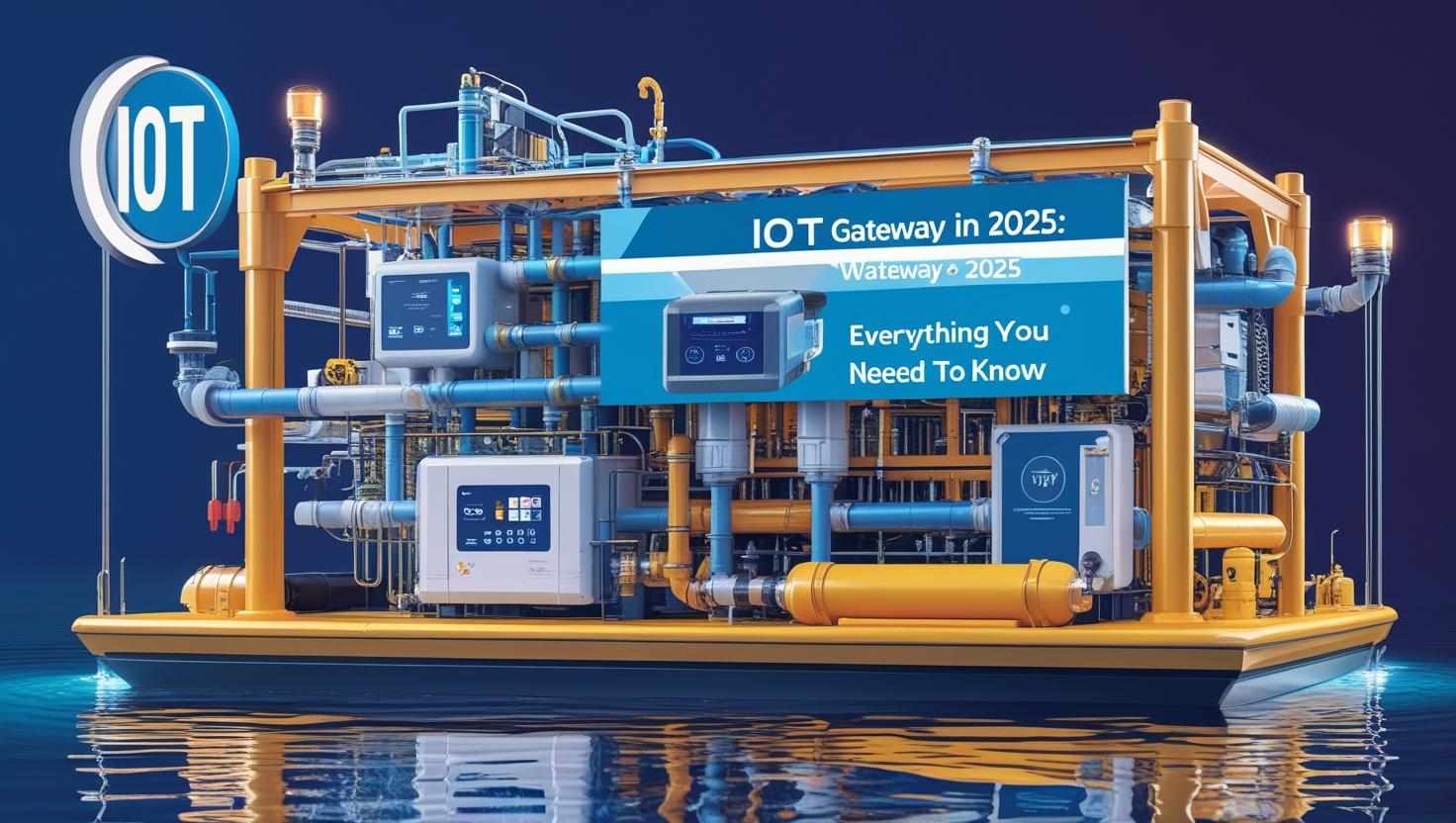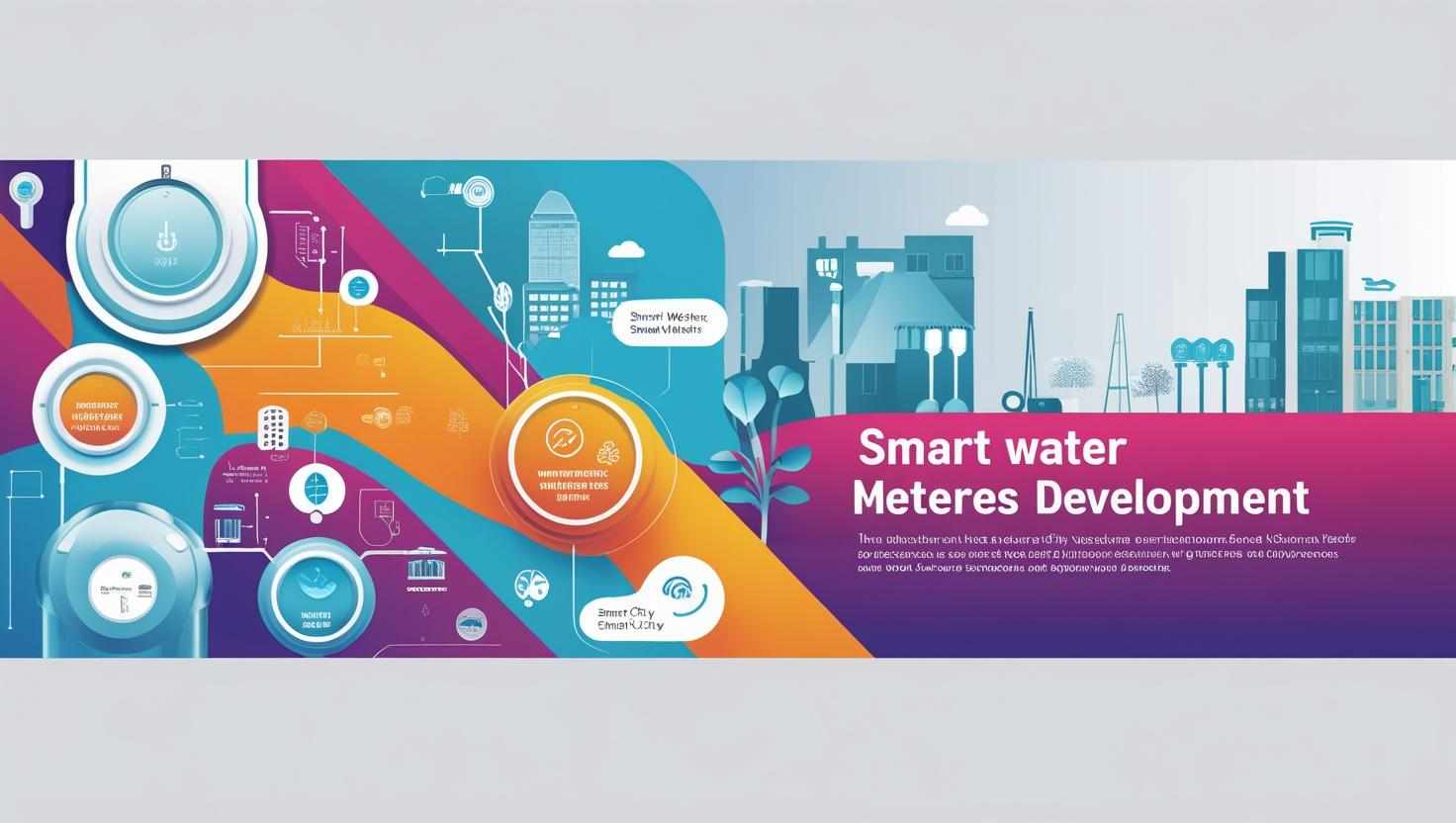
The world is becoming smarter every day. In homes, factories, farms, and cities, devices are talking to each other. This conversation, made possible by the Internet of Things (IoT), helps systems work faster and better. At the center of it all is one key technology the IoT gateway.
You might not notice it, but without an IoT gateway, most smart systems wouldn’t function smoothly. Whether you're using smart water meters, IoT device monitoring, or a smart irrigation system using IoT, this gateway plays a vital role. So, what exactly is an IoT gateway? Why does it matter more than ever in 2025? Let’s break it down in simple, real-world terms.
What Is an IoT Gateway?
An IoT gateway is a device that connects IoT sensors, devices, or machines with the internet or cloud platforms. It collects data from nearby devices, processes it, and then forwards it to a central system, often a cloud application. It also sends data back from the cloud to the devices when needed.
Imagine the IoT gateway as a translator, controller, and security guard rolled into one. It helps different devices “speak” the same language. At the same time, it controls the flow of data and protects it from threats. This is especially useful in sectors like agriculture, healthcare, utilities, and manufacturing.
Without this gateway, sensors and smart devices would struggle to work together or connect with external systems.
Why IoT Gateways Are Crucial in 2025
In 2025, data drives every decision. From managing water usage in homes to monitoring large industrial systems, real-time data plays a major role. With the rise of smart water management using IoT, the demand for reliable gateways has grown rapidly.
Here’s why IoT gateways are more important than ever this year:
1. Connecting the Unconnected
Most IoT devices use different communication protocols. Some may use Zigbee, while others rely on Bluetooth or Wi-Fi. The IoT gateway connects all of them to one unified system. This reduces confusion and keeps the network running smoothly.
2. Edge Processing Saves Time
Not every piece of data needs to be sent to the cloud. Gateways can process it locally, right at the edge. This saves time, reduces cloud costs, and allows for real-time decisions, something critical in IoT remote monitoring solutions.
3. Improved System Security
Data security is a growing concern. Hackers often target smart systems. Gateways protect data using firewalls, encryption, and secure login features. They act as the first line of defense in a connected world.
4. Reduced Latency for Faster Actions
Quick decisions are essential in systems like IoT device monitoring, where delays could lead to breakdowns or losses. Gateways process data locally, reducing delays and ensuring immediate responses.
5. Supports Scalable Networks
Whether you’re working with 10 or 10,000 devices, a good gateway can manage the traffic without breaking down. This makes it easier to expand your smart system over time.
How an IoT Gateway Works
Understanding how an IoT gateway works is easier if you compare it to a local traffic controller. Just like a controller routes cars at a junction, the gateway routes data from multiple sources.
Here’s a step-by-step look at what happens:
Data Collection: Sensors gather real-time information, such as temperature, humidity, water levels, or machine vibration.
Local Processing: The gateway checks and filters this data. It may convert formats so all devices can understand the information.
Data Encryption: Before sending anything, it secures the data to avoid unauthorized access.
Transmission: The useful data is then sent to the cloud for further analysis or storage.
Receiving Commands: If a system command comes from the cloud (like turning off a pump), the gateway delivers it back to the device.
This process takes just milliseconds but the result is a smarter, faster system.
Real-World Use Cases of IoT Gateways
IoT gateways are used across many industries today. Below are some common and powerful examples of how they make systems smarter and more reliable.
1. Smart Agriculture
In modern farming, growers use a smart irrigation system using IoT to optimize water use. Soil sensors measure moisture levels and send data to an IoT gateway. If the soil is too dry, the gateway activates the irrigation pump automatically. It helps save water and improve crop health.
2. Smart Water Management
Urban water systems rely on smart water meters to monitor consumption and detect leaks. These meters send data through gateways to the utility provider. The provider can track water usage and detect issues in real time, helping build a more efficient smart water management using IoT systems.
3. Industrial Equipment Monitoring
Factories run 24/7. With IoT device management, sensors on machines send performance data to a gateway. If a machine shows signs of overheating or failure, the gateway sends instant alerts. This helps prevent downtime and maintain productivity.
4. Remote Infrastructure Monitoring
Pipelines, dams, and remote power grids all use IoT remote monitoring solutions. In remote areas where cloud connection is weak, the gateway processes the data on-site. Only critical alerts are sent to the central office, saving time and bandwidth.
5. Smart Buildings and Homes
In smart buildings, gateways connect lighting, HVAC, fire alarms, and security systems. Building managers can control everything through a central system. With one dashboard, they can reduce power consumption, improve safety, and track occupancy levels.
Key Features to Look for in an IoT Gateway (2025 Version)
When selecting an IoT gateway, here are the must-have features in 2025:
Multi-Protocol Communication
It must support various protocols like Wi-Fi, LoRa, Bluetooth, Zigbee, and 5G for broader compatibility.
Real-Time Edge Analytics
Processing data at the edge saves time and supports fast action.
High Security
Gateways should have hardware-level encryption, secure boot, and regular firmware updates.
Remote Management Support
Users should be able to monitor and control gateways from anywhere.
Cloud Compatibility
The gateway must integrate smoothly with public and private cloud systems for backup, analytics, and updates.
Rugged Design for Harsh Environments
For outdoor or industrial use, the device should resist dust, water, and temperature changes.
Benefits of Using an IoT Gateway
The role of an IoT gateway extends beyond simple communication. Here are some of its top benefits in practical terms:
Better Performance: Real-time data processing leads to faster decisions.
Lower Costs: Only necessary data is sent to the cloud, reducing storage and data transfer charges.
Improved Safety: Gateways block unauthorized access and offer secure connections.
Scalability: Easily add more devices as your network grows.
Reliable Monitoring: Works perfectly for continuous systems like IoT device monitoring or utility tracking.
Smarter Operations: Gateways enable automation in systems like smart irrigation and smart water management.
Challenges in IoT Gateway Implementation
While they offer many benefits, deploying gateways also comes with challenges:
Power Management: Some gateways need constant power. In remote areas, solar or battery backup is essential.
Data Overload: Without proper filtering, too much data can slow down the network.
Security Risks: Older or poorly configured gateways can be a weak point for hackers.
Integration Issues: Matching the gateway with existing infrastructure can be tricky if the network is outdated.
Still, with the right planning and the right team, these issues are easy to manage.
The Future of IoT Gateways: Smarter, Faster, Safer
As we look ahead, the IoT gateway is expected to grow smarter and more autonomous. Future gateways will use AI to filter and predict trends before they happen. This predictive feature will be helpful in IoT remote monitoring solutions, where immediate action can prevent major failures.
Additionally, as smart water meters and IoT device monitoring become more common, new gateway models will support even more devices. With 5G, data speed will improve, and latency will fall even further. Moreover, power efficiency will be a priority. Expect to see solar-powered and battery-optimized gateways in rural and off-grid locations.
Final Thoughts
In 2025, the IoT gateway is no longer just a nice-to-have. It’s the engine that keeps smart systems running. Whether it's farming, city water management, factory monitoring, or building automation, gateways ensure devices communicate, protect data, and take smart action fast.
If you're planning a project with smart irrigation systems using IoT, smart water management using IoT, or any kind of IoT device monitoring, make the IoT gateway your top priority. With the right gateway in place, everything else falls into place smarter, faster, and safer.






Write a comment ...